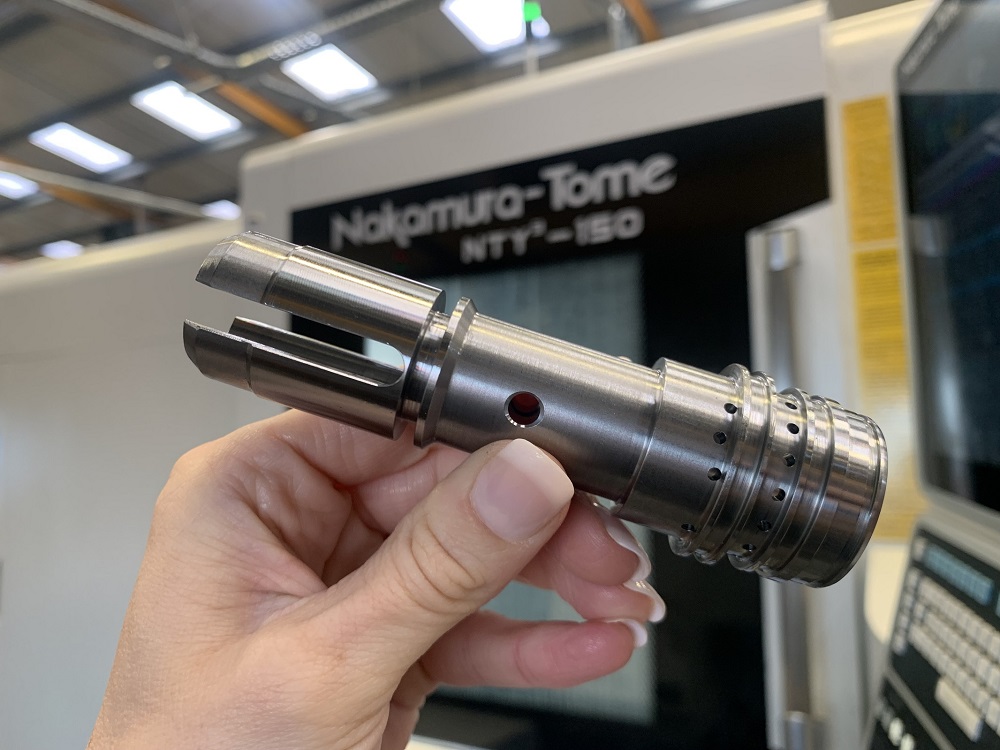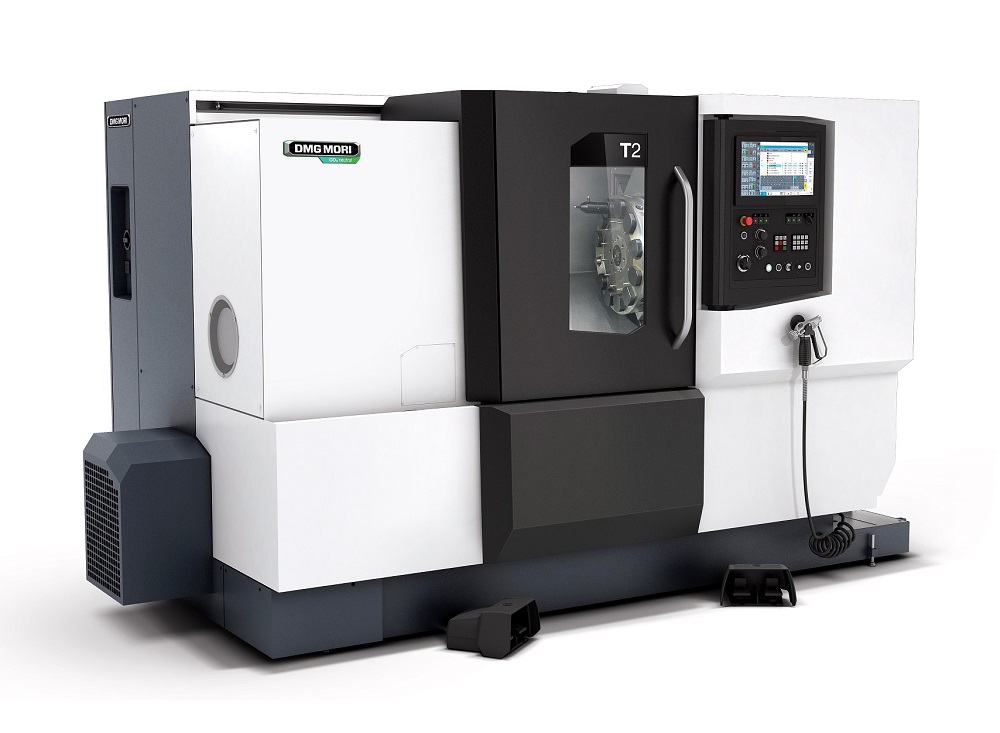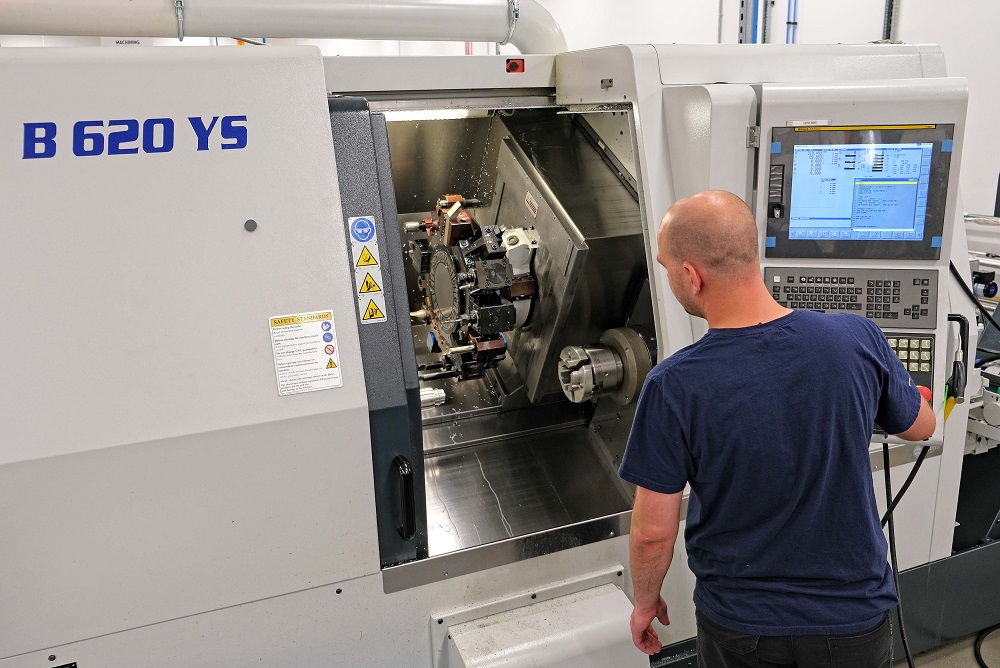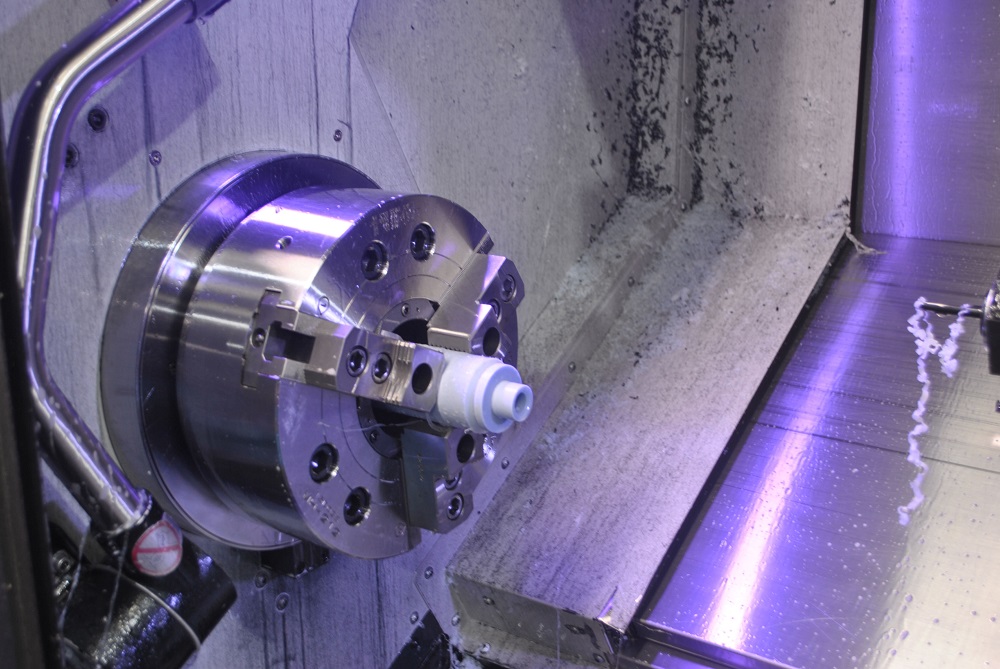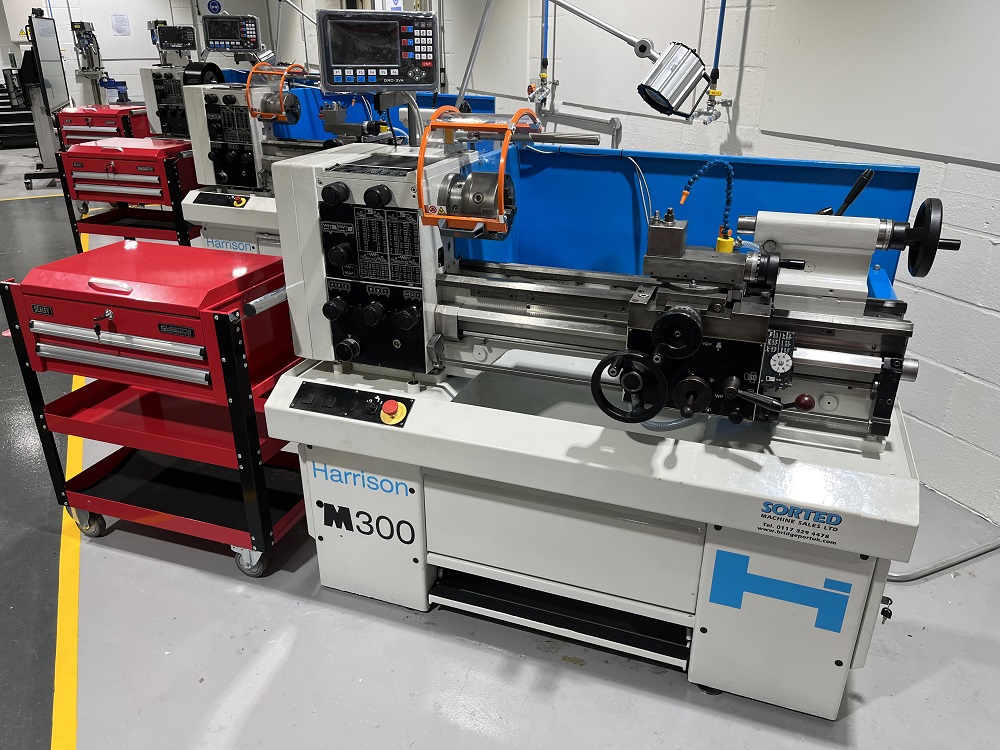West End Precision is now in possession of its 18th Nakamura-Tome turning centre from the Engineering Technology Group (ETG). The Bideford-based subcontractor serves the automotive, aerospace and general subcontract manufacturing supply chain; all industries that have faced challenges in recent years – but business is certainly booming now. In 2022, the company took delivery of a Nakamura-Tome NTY3-150, a WT150II and it has just added to the plant list with a Nakamura WT150IIF, the third WT150 series machine in 18 months. With over 15 sliding head lathes, multi-spindle autos, centreless grinding and 18 Nakamura machines, West End Precision is no run-of-the-mill manufacturing business.
Alex Dziurzynski from West End Precision says: “We are predominantly a high-volume manufacturer and we’ll typically set the machine and run it for a long time. We do all the programming at the console; we don’t do any offline programming and the onus is that once the machine is set, it will keep running. This means we can have one operator running multiple machines and, as long as spindles are turning, we’re making money. The Nakamura machines give us that ability.”
The latest Nakamura-Tome is machining a family of aluminium 6026 components for a brake system manufacturer.
“We machine two different parts in batches of 10,000 to 20,000-off, with the WT150IIF producing around 6000 parts a week,” says Dziurzynski. “The 60mm diameter cast billets were previously machined on a gantry-loaded machine and the major saving has arrived from our ability to change to bar stock and bar-feed the parts on the Nakamura WT150IIF – slashing component loading times.”
For further information www.engtechgroup.com






